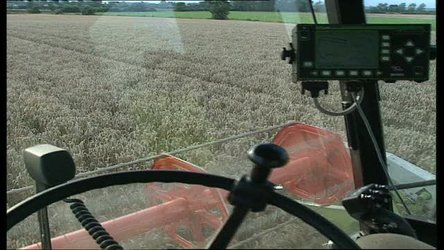
A Guide Dog with Satellite Technology
A new development is to use satellite navigation system for blind people. A guide dog with satellite navigation technology – a GPS receiver - adapted for guidance by voice of blind persons. The problem is that the accuracy of GPS is not precise enough and not guaranteed, when to assist blind pedestrians where it is necessary to distinguish the different streets well enough. Therefore a new tool is under development using EGNOS, the European overlay system to improve GPS accuracy down to two meters. The video includes:
0:35 A Guide Dog with Satellite Technology: General introduction to the system.
1:01 Ruben Dominguez, Mathematician GMV, explains the logics in the system, how it can help blind people and introduces the system.
2:14 Alfredo Catalina, Project Manager GMV, present the prototype system which has been developed.
2:42 Limitations of GPS and EGNOS are that the signals cannot always be received because of building and other structures. A solution used is SISNET; an information system on the internet developed by ESA and giving vast support to blind people.
3:12 Javier Ventura, Principal Systems Engineer, EGNOS ESA, explains that initially EGNOS was targeting civil aviation but later it has turned out that there are many other applications which can use EGNOS. On of the new areas where EGNOS has proven good is for this project blind people.
3:59 The received tell the blind person exact location and direction. Testing is still ongoing but results indicate this will revolutionize the live of blind people.
4:26 Jose Luis Fernandez Coya, ONCE, explains that we, blind people, are not so interested in going placed not known. It will help with a street plan or a system which will tell the street name or give directions to a taxi driver. This will advance our autonomy.
4:57 EGNOS and SISNET: new systems are in preparation.
5:16 The end






